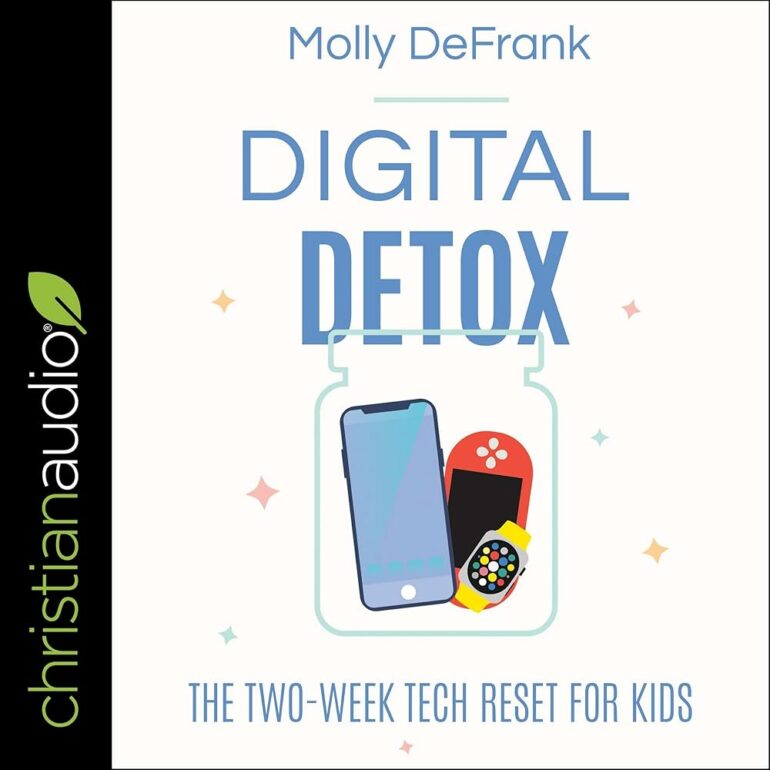Life in the digital world can be rewarding. It’s convenient to order groceries for pickup, share photographs or music, and keep in touch with family and friends, no matter the distance. However, it can also be draining. The feeling of being constantly “on” and productive has driven people to reconsider their balance in the saturated digital world.
More than 70% of American adults are concerned about how technology affects their mental health and personal relationships. This worry is reinforced through media that point to people’s unhealthy habits with social media and phones.
What to do? There is a fuzzy line between healthy and unhealthy digital consumption. Some folks feel the need to fully disconnect from the digital world to understand this boundary. The idea of digital detoxing is gaining popularity. This practice involves intentionally unplugging from digital technologies in the pursuit of balance and digital well-being. Nearly half of Americans report that they are making a conscious effort to regularly step away from their screens.
But is this attempt enough? It’s no surprise that 62% of Americans confess to feeling addicted to their devices and the internet. Despite people’s best efforts to unplug and strike a balance, research indicates that digital detoxes often fall short.

Getting outside, being with someone else and having fun are all good approaches to disconnecting from the digital world.
kali9/E+ via Getty Images
Digital well-being is subjective. We research technology and consumer behavior. Our recent research studied the digital detox journey, where people take a much-needed break from digital consumption, aiming to uncover what supports or sabotages those seeking digital well-being. Our findings highlighted four key strategies to improve the outcome of this journey toward achieving a healthier digital balance: replacement practices, social bonds, mindfulness and digital well-being as a journey.
1. Finding replacement practices
We found that feelings of withdrawal during a digital detox are quite common. For many, reaching for their phones and scrolling has become such a ritual that they often don’t realize they are doing it. Many turn to their devices when bored or stressed, much like an adult pacifier. As a result, finding an alternative to distract your mind and occupy your hands can be crucial during a digital detox.
These replacement practices often involve hobbies or activities that result in play. As adults, people sometimes forget what it feels like to have fun. By separating fun from your task list and engaging in play for its own sake, you can significantly reduce stress levels and boost your digital well-being.
2. Shoring up social bonds
Humans are inherently social creatures. Indeed, tools such as email, text messages and social media offer ways to enhance social connections. This innate desire for connection, however, combined with people’s…



